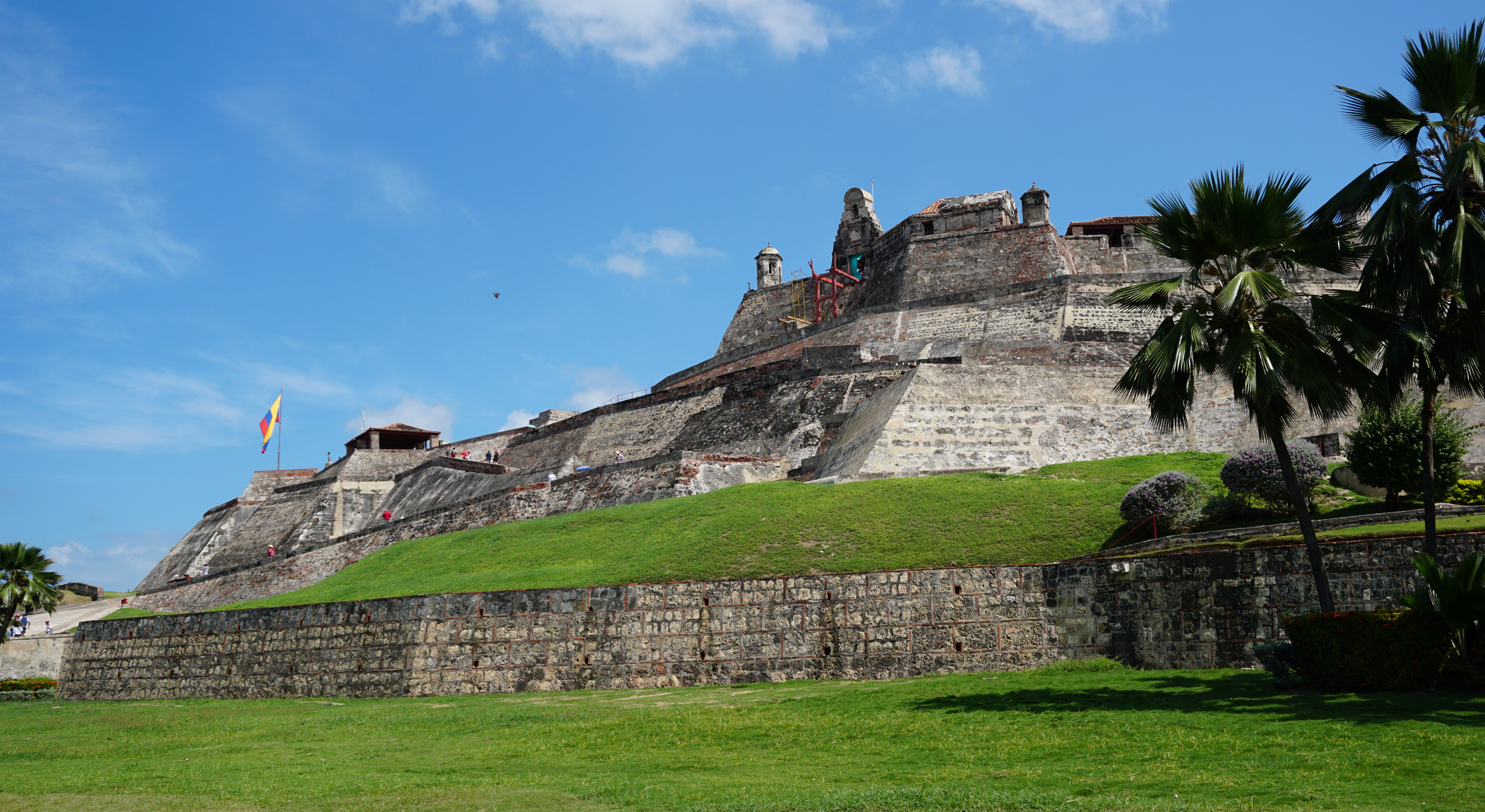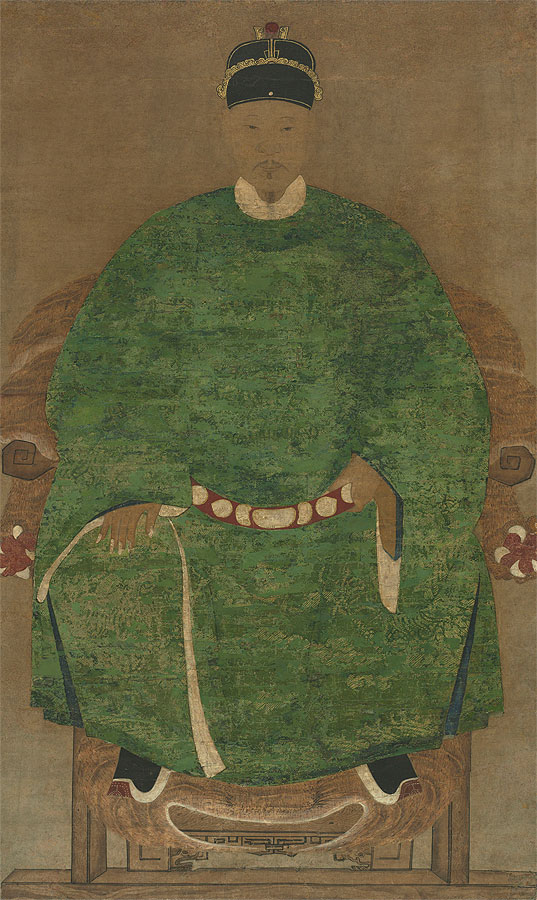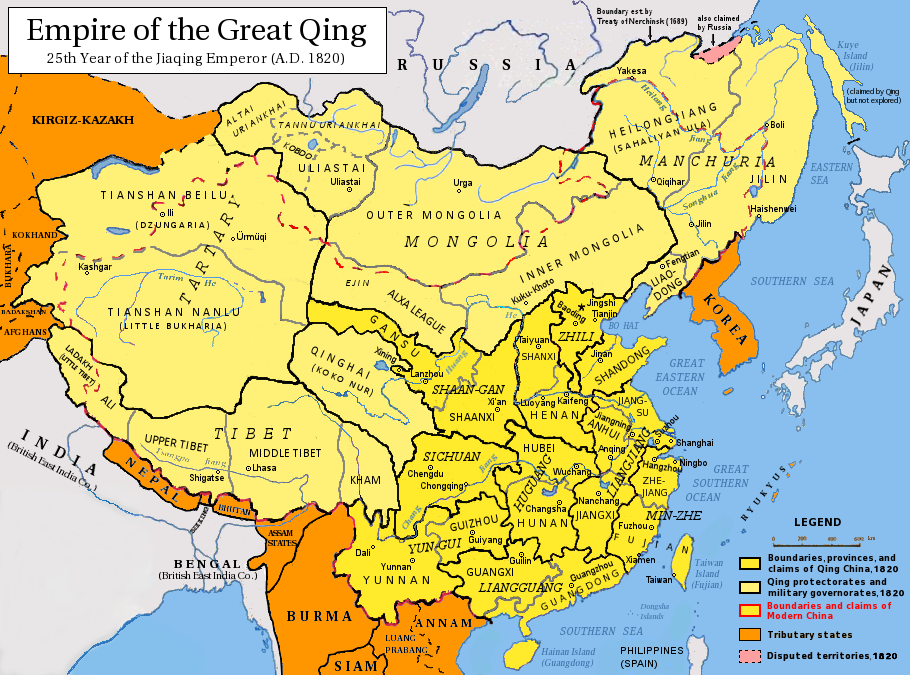|
Jinguitou Fortress
The Jinguitou Fortress () is a former fort in Magong City, Penghu, Taiwan. History At the early stage, an artillery was already built at the site of the fortress during the Kingdom of Tungning. In 1717, the new Penghu city was rebuilt at the fortress area during the Qing Dynasty rule. In 1864, the fortress was reconstructed by Vice Brigadier General Wu Qixun and named it Jinguitou Fortress. During the Sino-French War in 1884–1885, the fortress was destroyed. After the war ended, Liu Mingchuan was appointed as governor to handle the reconstruction works in Taiwan. In 1887, Wu Hongluo was appointed by him as garrison commander to rebuild the forts in Penghu. During the Japanese rule of Taiwan, the Imperial Japanese Army used the fortress for their military maneuvers. After the handover of Taiwan from Japan to the Republic of China Taiwan, officially the Republic of China (ROC), is a country in East Asia, at the junction of the East and South China Seas in the northwe ... [...More Info...] [...Related Items...] OR: [Wikipedia] [Google] [Baidu] |
Magong
Magong ( POJ: ''Má-keng'') is a county-administered city and seat of Penghu County, Taiwan. Magong City is located on Penghu's main island. Name The settlement's temple honoring the Chinese Goddess Mazu, the deified form of Lin Moniang from medieval Fujian Province, is usually accounted the oldest in all of Taiwan and Penghu. The town was originally named Makeng () but was changed to during Japanese rule in 1920, and was the center of the Mako Guard District. After 1945, the Wade-Giles romanization Makung was used. Taiwan officially adopted Tongyong Pinyin in 2002 and Hanyu Pinyin in 2009, leading to the romanization Magong. History The island's Mazu temple was erected in the late 16th or early 17th century. The city Magong'ao began to grow around 1887, during the rule of the Qing dynasty. Under Japanese rule, the settlement was renamed Makō and organized as a subprefecture of Hōko. The area was a major base of the Imperial Japanese Navy. It was an embarkati ... [...More Info...] [...Related Items...] OR: [Wikipedia] [Google] [Baidu] |
Penghu
The Penghu (, Hokkien POJ: ''Phîⁿ-ô͘'' or ''Phêⁿ-ô͘'' ) or Pescadores Islands are an archipelago of 90 islands and islets in the Taiwan Strait, located approximately west from the main island of Taiwan, covering an area of . The largest city is Magong, located on the largest island, which is also named Magong. The Penghu islands had its first historical record during the Tang dynasty and were inhabited by Chinese people by the Song dynasty, during which it was attached to Jinjiang County of Fujian. The archipelago was formally incorporated as an administrative unit of China under the jurisdiction of Tong'an County of Jiangzhe Province in 1281 during the Yuan dynasty. It continued to be controlled by Imperial China with brief European occupations, until it was ceded to the Japanese Empire in 1895. After World War II, Penghu has been governed by the Republic of China (ROC). Under the terms of Sino-American Mutual Defense Treaty and the subsequent T ... [...More Info...] [...Related Items...] OR: [Wikipedia] [Google] [Baidu] |
Taiwan
Taiwan, officially the Republic of China (ROC), is a country in East Asia, at the junction of the East and South China Seas in the northwestern Pacific Ocean, with the People's Republic of China (PRC) to the northwest, Japan to the northeast, and the Philippines to the south. The territories controlled by the ROC consist of 168 islands, with a combined area of . The main island of Taiwan, also known as ''Formosa'', has an area of , with mountain ranges dominating the eastern two-thirds and plains in the western third, where its highly urbanised population is concentrated. The capital, Taipei, forms along with New Taipei City and Keelung the largest metropolitan area of Taiwan. Other major cities include Taoyuan, Taichung, Tainan, and Kaohsiung. With around 23.9 million inhabitants, Taiwan is among the most densely populated countries in the world. Taiwan has been settled for at least 25,000 years. Ancestors of Taiwanese indigenous peoples settled the island a ... [...More Info...] [...Related Items...] OR: [Wikipedia] [Google] [Baidu] |
Fortification
A fortification is a military construction or building designed for the defense of territories in warfare, and is also used to establish rule in a region during peacetime. The term is derived from Latin ''fortis'' ("strong") and ''facere'' ("to make"). From very early history to modern times, defensive walls have often been necessary for cities to survive in an ever-changing world of invasion and conquest. Some settlements in the Indus Valley civilization were the first small cities to be fortified. In ancient Greece, large stone walls had been built in Mycenaean Greece, such as the ancient site of Mycenae (famous for the huge stone blocks of its ' cyclopean' walls). A Greek '' phrourion'' was a fortified collection of buildings used as a military garrison, and is the equivalent of the Roman castellum or English fortress. These constructions mainly served the purpose of a watch tower, to guard certain roads, passes, and borders. Though smaller than a real fortress, th ... [...More Info...] [...Related Items...] OR: [Wikipedia] [Google] [Baidu] |
Kingdom Of Tungning
The Kingdom of Tungning (), also known as Tywan by the British at the time, was a dynastic maritime state that ruled part of southwestern Taiwan and the Penghu islands between 1661 and 1683. It is the first predominantly Han Chinese state in Taiwanese history. At its zenith, the kingdom's maritime power dominated varying extents of coastal regions of southeastern China and controlled the major sea lanes across both China Seas, and its vast trade network stretched from Japan to Southeast Asia. The kingdom was founded by Koxinga (Zheng Chenggong) after seizing control of Taiwan, a foreign land at the time outside China's boundaries, from Dutch rule. Zheng hoped to restore the Ming dynasty in Mainland China, when the Ming remnants' rump state in southern China was progressively conquered by the Manchu-led Qing dynasty. The Zheng dynasty used the island of Taiwan as a military base for their Ming loyalist movement which aimed to reclaim mainland China from the Qing. Under Zhe ... [...More Info...] [...Related Items...] OR: [Wikipedia] [Google] [Baidu] |
Taiwan Under Qing Rule
Taiwan under Qing rule refers to the rule of the Qing dynasty over the island of Taiwan from 1683 to 1895. The Qing dynasty sent an army led by general Shi Lang and defeated the Ming loyalist Kingdom of Tungning in 1683. Taiwan was formally annexed in April 1684. Taiwan was governed as Taiwan Prefecture of Fujian Province until the establishment of the Fujian–Taiwan Province in 1887. The Qing dynasty extended its control of Taiwan across the western coast of Taiwan, the western plains, and northeastern Taiwan over the 18th and 19th centuries. The Qing government did not pursue an active colonization policy and restricted Han migration to Taiwan for the majority of its rule out of fear of rebellion and conflict with the Taiwanese indigenous peoples. Han migrants were barred from settling on indigenous land and markers were used to delineate the boundaries of settled areas and mountain dwelling aborigines. Despite Qing restrictions, settlers continued to enter Taiwan and pu ... [...More Info...] [...Related Items...] OR: [Wikipedia] [Google] [Baidu] |
Sino-French War
The Sino-French War (, french: Guerre franco-chinoise, vi, Chiến tranh Pháp-Thanh), also known as the Tonkin War and Tonquin War, was a limited conflict fought from August 1884 to April 1885. There was no declaration of war. The Chinese armies performed better than its List of Chinese wars and battles#Qing dynasty (1644–1912), other nineteenth-century wars and the war ended with French retreat on land and the momentum in China's favor. However lack of foreign support, French naval supremacy, and northern threats posed by Russia and Japan forced China to enter negotiations. China ceded its sphere of influence in Tonkin (northern Vietnam) to France and recognized all the French treaties with Annam (French protectorate), Annam turning it into a French protectorate. The war strengthened the dominance of Empress Dowager Cixi over the Chinese government, but brought down the government of Prime Minister Jules Ferry in Paris. Both sides ratified the Treaty of Tientsin (1885), Trea ... [...More Info...] [...Related Items...] OR: [Wikipedia] [Google] [Baidu] |
Taiwan Under Japanese Rule
The island of Taiwan, together with the Penghu Islands, became a dependency of Japan in 1895, when the Qing dynasty ceded Fujian-Taiwan Province in the Treaty of Shimonoseki after the Japanese victory in the First Sino-Japanese War. The short-lived Republic of Formosa resistance movement was suppressed by Japanese troops and quickly defeated in the Capitulation of Tainan, ending organized resistance to Japanese occupation and inaugurating five decades of Japanese rule over Taiwan. Its administrative capital was in Taihoku (Taipei) led by the Governor-General of Taiwan. Taiwan was Japan's first colony and can be viewed as the first step in implementing their " Southern Expansion Doctrine" of the late 19th century. Japanese intentions were to turn Taiwan into a showpiece "model colony" with much effort made to improve the island's economy, public works, industry, cultural Japanization, and to support the necessities of Japanese military aggression in the Asia-Pacific ... [...More Info...] [...Related Items...] OR: [Wikipedia] [Google] [Baidu] |
Imperial Japanese Army
The was the official ground-based armed force of the Empire of Japan from 1868 to 1945. It was controlled by the Imperial Japanese Army General Staff Office and the Ministry of the Army, both of which were nominally subordinate to the Emperor of Japan as supreme commander of the army and the Imperial Japanese Navy. Later an Inspectorate General of Aviation became the third agency with oversight of the army. During wartime or national emergencies, the nominal command functions of the emperor would be centralized in an Imperial General Headquarters (IGHQ), an ad hoc body consisting of the chief and vice chief of the Army General Staff, the Minister of the Army, the chief and vice chief of the Naval General Staff, the Inspector General of Aviation, and the Inspector General of Military Training. History Origins (1868–1871) In the mid-19th century, Japan had no unified national army and the country was made up of feudal domains (''han'') with the Tokugawa shogunate (''bakuf ... [...More Info...] [...Related Items...] OR: [Wikipedia] [Google] [Baidu] |
Retrocession Day
Retrocession Day is the name given to the annual observance and a former public holiday in Taiwan to commemorate the end of Japanese rule of Taiwan and Penghu, and the claimed retrocession ("return") of Taiwan to the Republic of China on 25 October 1945. However, the idea of "Taiwan retrocession" is in dispute. Historical background Taiwan, then more commonly known to the Western world as "Formosa", became a colony of the Empire of Japan when the Qing Empire lost the First Sino-Japanese War in 1894 and ceded the island with the signing of the 1895 Treaty of Shimonoseki. Japanese rule in Taiwan lasted until the end of World War II. In November 1943, Chiang Kai-shek took part in the Cairo Conference with Franklin D. Roosevelt and Winston Churchill, who firmly advocated that Japan be required to return all of the territory it had annexed into its empire, including Taiwan and the Penghu (Pescadores) Islands. Article 8 of the Potsdam Declaration, drafted by the United State ... [...More Info...] [...Related Items...] OR: [Wikipedia] [Google] [Baidu] |
Republic Of China (1912–1949)
The Republic of China (ROC), between 1912 and 1949, was a sovereign state recognised as the official designation of China when it was based on Mainland China, prior to the relocation of its central government to Taiwan as a result of the Chinese Civil War. At a population of 541 million in 1949, it was the world's most populous country. Covering , it consisted of 35 provinces, 1 special administrative region, 2 regions, 12 special municipalities, 14 leagues, and 4 special banners. The People's Republic of China (PRC), which rules mainland China today, considers ROC as a country that ceased to exist since 1949; thus, the history of ROC before 1949 is often referred to as Republican Era () of China. The ROC, now based in Taiwan, today considers itself a continuation of the country, thus calling the period of its mainland governance as the Mainland Period () of the Republic of China in Taiwan. The Republic was declared on 1 January 1912 after the Xinhai Revolution, wh ... [...More Info...] [...Related Items...] OR: [Wikipedia] [Google] [Baidu] |




